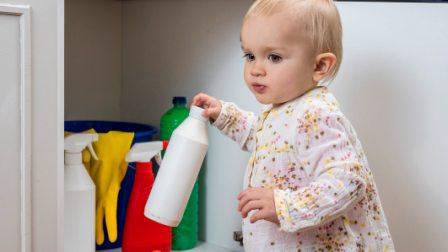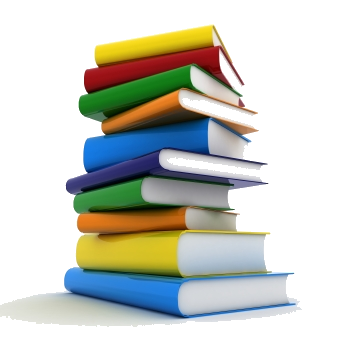
Children are curious by nature and want to discover and explore everything – including those detergent bottles and pills you keep at home, which may look colourful and tasty to young eyes but could be seriously harmful if they end up in tots’ tums.
Accidents involving swallowing poisonous substances at home see around 500 children a week rushed to hospital, according to Child Accident Prevention Trust (CAPT) figures.
To mark Child Safety Week (June 4-10), here are 7 tips for protecting children from harmful substances at home:
1. Store medicines safely
If you can, only use medicines that come in child-resistant packaging – but even if they are in tubs with child-safe lids, it’s important to store them somewhere safe at all times, out of sight and reach.
2. Use locks and child-resistant catches
Household cleaning products and detergents can be highly dangerous to children, whose natural instinct might be to put anything they come across in their mouth. Make sure these items are kept out of reach, and consider using lockable cupboards and child-safety catches on units and drawers.
3. Hide alcohol and tobacco
You might have told your children that items like wine and vodka are for grown-ups only, but that doesn’t mean they won’t get curious about copying the adults when back’s are turned. Minimise any danger of this happening by keeping alcohol stored safely, securely and out of reach.
4. Do some research
Chemistry is not a common subject in parenting books, but it can be helpful to arm yourself with a bit of knowledge around common household substances that pose a risk to babies and children. Remember, it might not just be obviously toxic items like toilet bleach, but certain shampoos and even things like mouthwash might need to be kept an eye on.
5. Keep an eye on them
Even with all the measures taken, keeping a close eye on young children at home in the best way to prevent an accident. Check what they are doing and what they are curious about. In anybody else’s house, if you don’t know where the harmful substances are placed, pay double attention to what your child gets up to.
6. Always keep products in their original containers
If you put cleaning products or medicines into unidentified containers, there is always a chance you’ll forget what’s in there a few days later, which could have dire consequences. Plus, other people won’t necessarily be aware of what the substances are. Also, should the worse happen and your child does consume something potentially poisonous, it is really important that medical experts can identify the exact substance as quickly as possible – so keep everything in its original container.
7. Be prepared for an emergency
Despite taking precautions, accidents might still happen, and being a bit prepared for how to respond in such a scenario can make a world of difference. If there’s any chance that your child might have consumed something potentially poisonous, seek urgent medical advice immediately – and if they are already showing signs of distress or being unwell, call 999. Doing a children’s first aid course could help you feel reassured and prepared too.
Source: BT
 FR
FR EN
EN AR
AR








